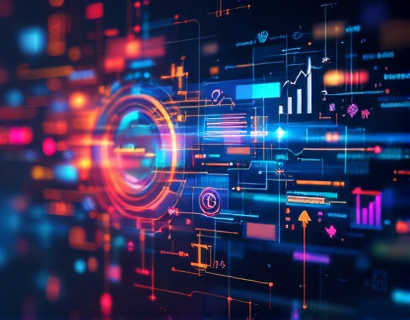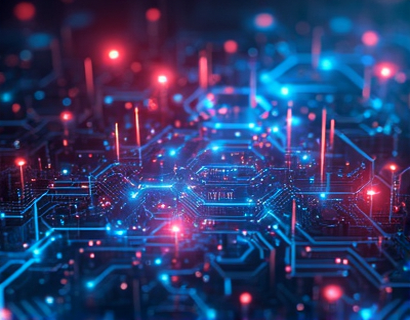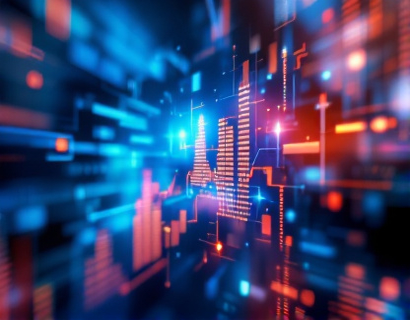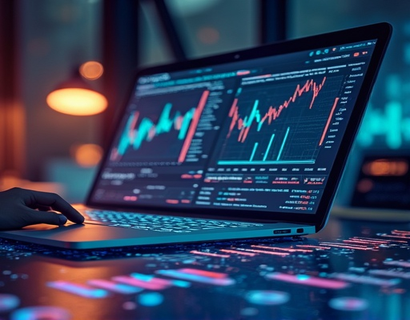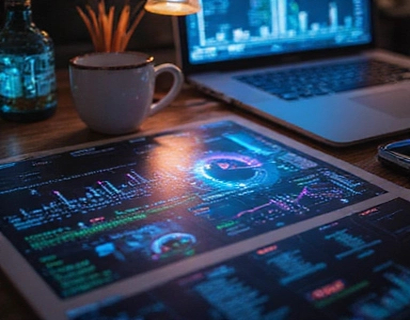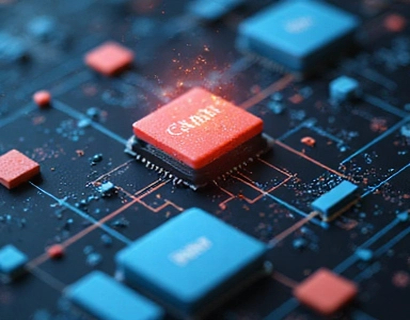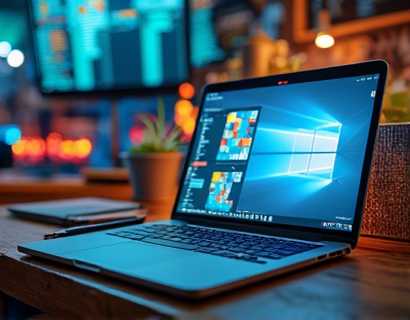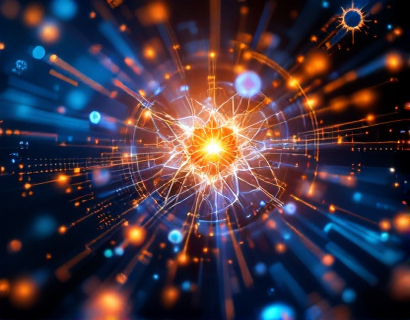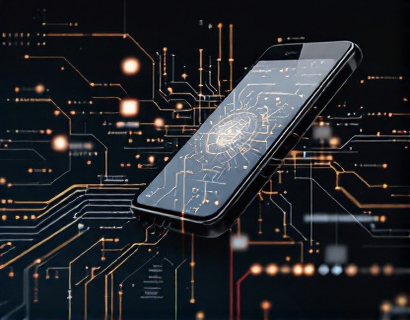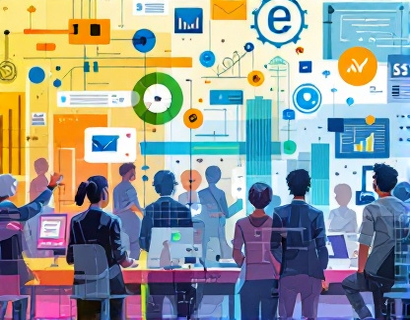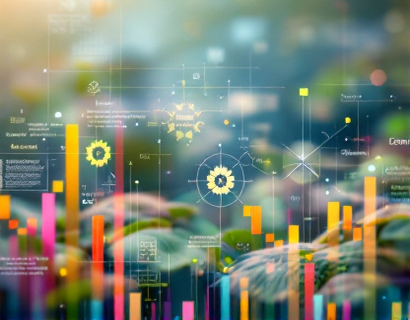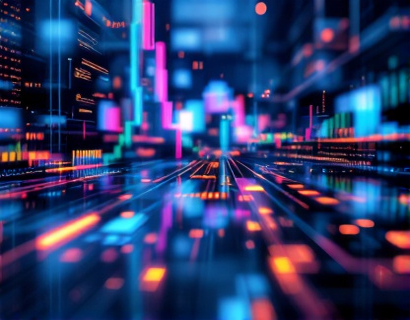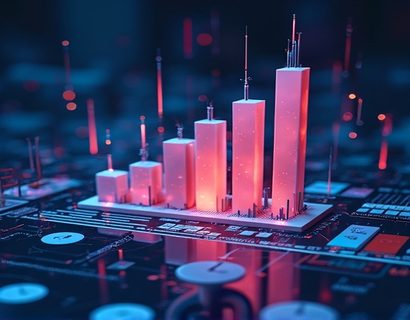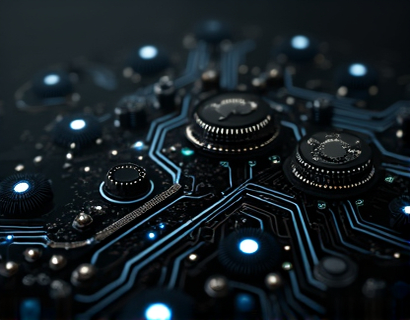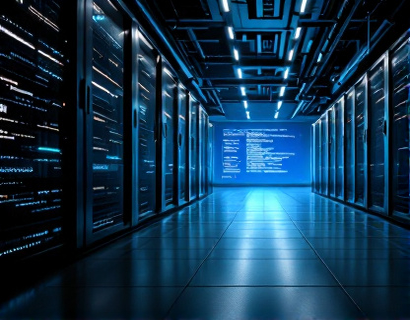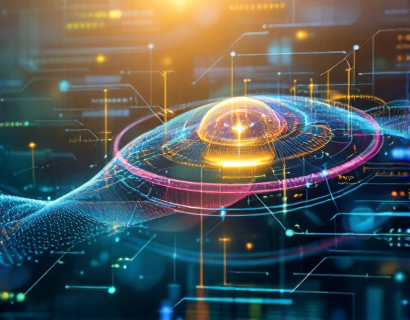Crypto-Powered Innovations: Harnessing AI for Next-Gen Digital Transformation
The intersection of cryptocurrency and artificial intelligence (AI) is giving birth to a new era of digital transformation. This fusion is not just a technological curiosity but a powerful force reshaping how we interact with digital services and applications. As we stand on the brink of this revolutionary wave, it's essential to explore the cutting-edge innovations that are emerging from this synergy. This article delves into the next generation of tech solutions, designed to revolutionize user experiences through the combined power of advanced algorithms and blockchain technology.
Understanding the Synergy: Crypto and AI
To grasp the potential of crypto-powered innovations, it's crucial to understand the fundamental properties of both cryptocurrency and AI. Cryptocurrency, particularly those built on blockchain technology, offers a decentralized, secure, and transparent way to conduct transactions. Blockchain's immutable ledger ensures that data is tamper-proof, reducing the risk of fraud and enhancing trust among users. On the other hand, AI brings the power of machine learning, natural language processing, and predictive analytics to the table. When these two technologies converge, the result is a potent toolset for creating innovative and secure digital solutions.
Decentralized Applications (DApps)
One of the most significant applications of crypto and AI is in the realm of Decentralized Applications, or DApps. These applications run on a blockchain network and leverage AI to provide intelligent and adaptive user experiences. Unlike traditional apps, DApps are not controlled by a single entity, making them more resilient to censorship and downtime. AI enhances DApps by enabling them to learn from user behavior, optimize performance, and even predict user needs. For instance, a DApp could use AI to personalize content recommendations based on a user's past interactions, all while ensuring that the data is securely stored on the blockchain.
Smart Contracts and AI Optimization
Smart contracts, self-executing contracts with the terms directly written into code, are another area where AI can add significant value. Traditional smart contracts are limited to predefined rules and conditions. However, by integrating AI, these contracts can become more dynamic and adaptive. AI can analyze real-time data and adjust the terms of a smart contract accordingly, ensuring that the agreement remains fair and relevant. For example, in the insurance industry, an AI-enhanced smart contract could automatically adjust premiums based on real-time risk assessments, providing more accurate and fair pricing.
Enhanced Security through AI and Blockchain
Security is a paramount concern in the digital world, and the combination of AI and blockchain offers robust solutions. AI can detect and respond to threats in real-time, identifying patterns that indicate potential security breaches. When integrated with blockchain, these systems become even more formidable. The decentralized nature of blockchain makes it difficult for attackers to compromise the entire network, while AI ensures that any suspicious activity is quickly identified and mitigated. This synergy not only protects user data but also builds greater trust in digital transactions.
Supply Chain Transparency and Efficiency
The supply chain industry stands to benefit immensely from crypto and AI innovations. Blockchain provides a transparent and immutable record of every step in the supply chain, from production to delivery. AI can further enhance this by analyzing data to optimize logistics, predict demand, and reduce waste. For instance, AI algorithms can forecast inventory levels based on historical data and current trends, ensuring that supply meets demand efficiently. When combined with blockchain, these insights are recorded in a tamper-proof manner, enhancing accountability and trust among all parties involved.
Financial Services and Crypto-Driven AI Solutions
In the financial sector, the integration of AI and blockchain is revolutionizing services such as lending, trading, and wealth management. AI-driven algorithms can analyze vast amounts of financial data to make more accurate predictions and decisions. For example, AI-powered trading bots can execute trades based on complex algorithms, adapting to market conditions in real-time. Blockchain ensures that these transactions are secure, transparent, and efficient, reducing the need for intermediaries and lowering costs. This combination is particularly beneficial in decentralized finance (DeFi) platforms, where users can access a wide range of financial services without traditional banking constraints.
Healthcare Innovations with Crypto and AI
The healthcare industry is another sector poised to benefit from the convergence of crypto and AI. Patient data security and privacy are critical concerns, and blockchain provides a secure way to store and share medical records. AI can analyze this data to identify patterns, predict disease outbreaks, and personalize treatment plans. For instance, an AI system could use blockchain to access a patient's medical history and genetic data, providing doctors with a comprehensive view to make more informed decisions. Additionally, AI can streamline administrative tasks, reducing the burden on healthcare professionals and improving patient care.
Education and Training through Blockchain and AI
Education is undergoing a transformation with the help of blockchain and AI. Blockchain can ensure the authenticity and portability of educational credentials, eliminating the need for intermediaries and reducing the risk of fraud. AI can personalize learning experiences by adapting to each student's pace and style. For example, an AI-powered educational platform could use blockchain to verify a student's progress and achievements, providing a secure and transparent record that can be shared with employers or other educational institutions. This not only enhances the learning experience but also prepares students for the digital workforce.
Challenges and Considerations
While the potential of crypto and AI is vast, there are several challenges and considerations to keep in mind. Regulatory frameworks are still evolving, and the lack of clear guidelines can pose risks for developers and users. Scalability remains a significant issue for blockchain technology, as many networks struggle to handle high volumes of transactions. Additionally, the energy consumption of some blockchain networks, particularly those using proof-of-work consensus mechanisms, raises environmental concerns. It's crucial for innovators to address these challenges proactively, ensuring that the technologies are sustainable and compliant with regulations.
Future Outlook
The future of crypto-powered AI innovations is bright, with numerous possibilities on the horizon. As technology continues to advance, we can expect to see more sophisticated and seamless integrations. The development of more efficient consensus mechanisms, such as proof-of-stake, will help address scalability and energy consumption issues. The rise of interoperability standards will enable different blockchain networks to work together, creating a more connected and cohesive ecosystem. Additionally, the growth of quantum computing could further enhance the capabilities of AI, leading to even more powerful and intelligent digital solutions.
Conclusion
The convergence of cryptocurrency and AI is paving the way for a new era of digital transformation. By leveraging the strengths of both technologies, we can create more secure, efficient, and user-friendly digital services. Whether it's through decentralized applications, enhanced security measures, or innovative financial solutions, the potential is vast. As we continue to explore and develop these technologies, it's essential to stay informed and adapt to the changing landscape. The future is here, and it is crypto and AI-driven.



